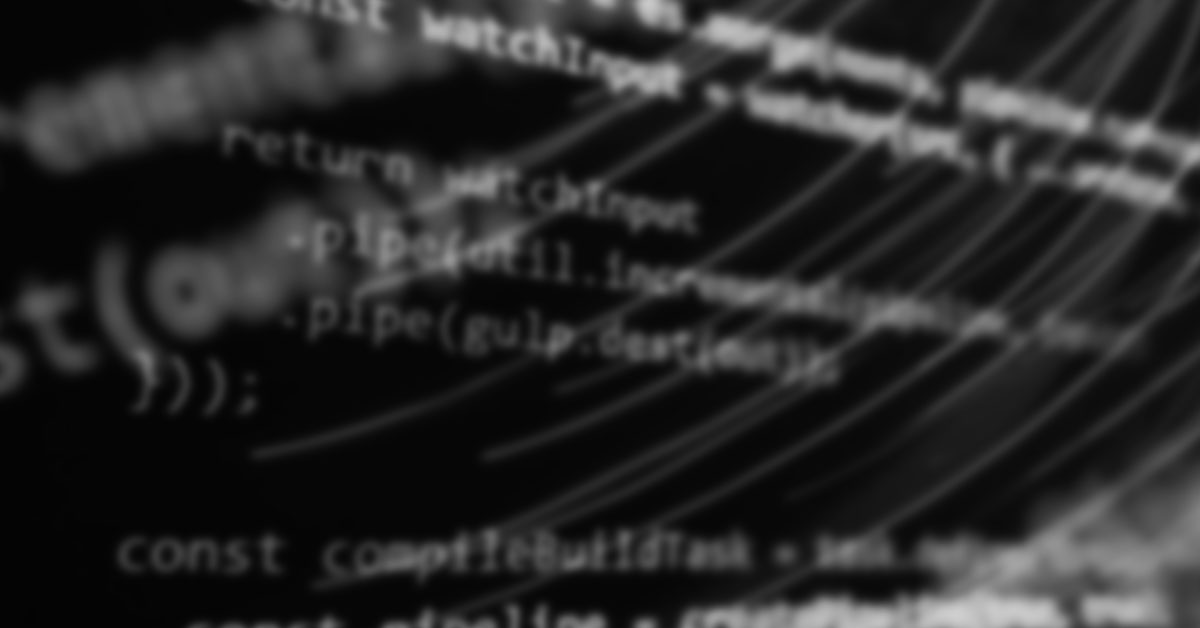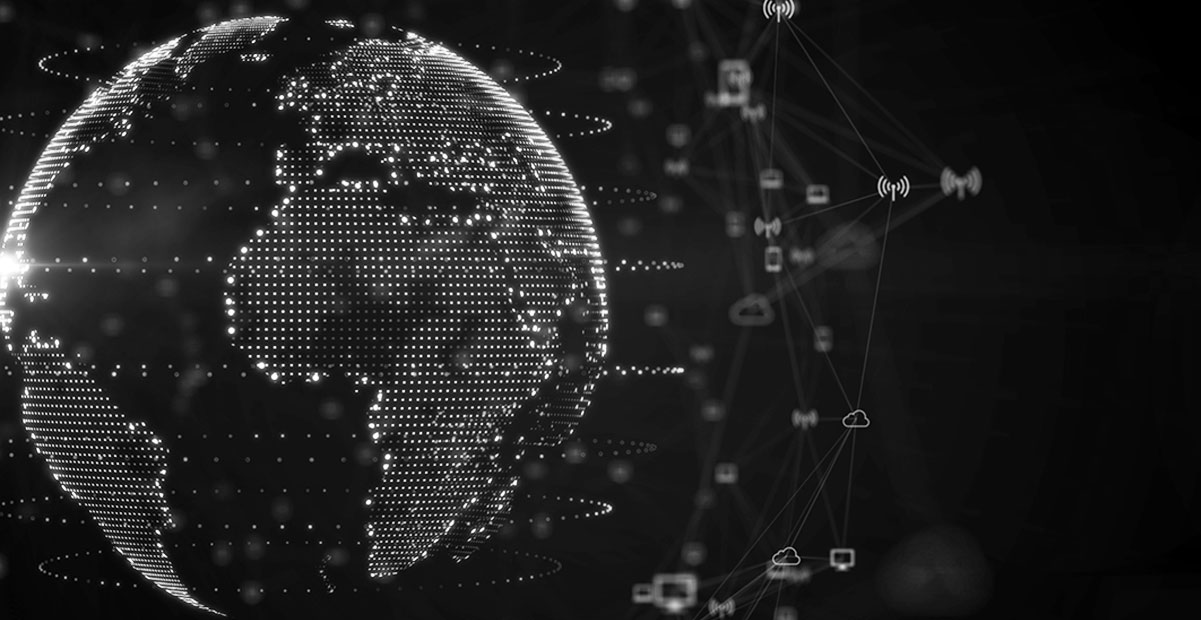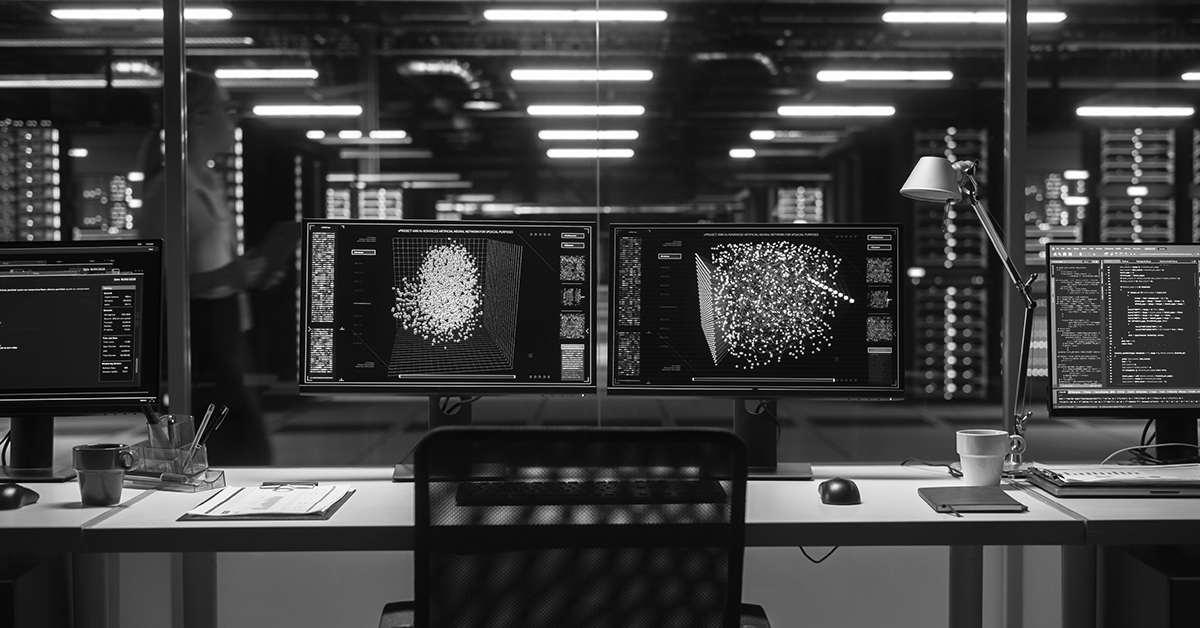As kinetic hostilities between Israel and Iran intensify, cyberspace has become an active and chaotic front. Unlike traditional theaters of war, the digital battlefield is borderless, fast-evolving, and increasingly volatile. State-sponsored operations are converging with ideologically motivated hacktivist campaigns, resulting in a significant escalation of cyber aggression targeting critical infrastructure, national security, and civilian sectors worldwide.
A Convergence of Digital Adversaries
Over 40 threat actor groups have been actively engaged since the escalation of physical tensions in early Q2 2025. Prominent groups include:
- Predatory Sparrow – A sophisticated pro-Israel actor tied to offensive cyber-kinetic strikes.
- Cyber Av3ngers – Believed to be backed by the Iranian IRGC, specializing in ICS disruption.
- Handala Hack, CyberJihad Movement, and Mysterious Team Bangladesh – Ideologically driven groups focused on disinformation and cyber sabotage.
- APT42, APT35, and MuddyWater – Veteran Iranian state-affiliated APTs, now deploying phishing campaigns and credential harvesting against Israeli and U.S. entities.
- GhostSec, Soldiers of Solomon, and DieNet – Decentralized, loosely affiliated actors pushing anti-West and anti-Israeli narratives.
Primary Targets and Impact Zones
The attacks are not confined to the immediate conflict zone:
- Israel: Targeted relentlessly across industrial control systems (ICS), government portals, telecom networks, and universities.
- USA: Facing attacks on water utilities, defense contractors, and other critical services, revealing widening scope.
- Italy, India, Saudi Arabia: Hit in complex multi-vector attacks on embassies, transport, energy sectors and critical infrastructure.
- Egypt & Jordan: Surveillance systems and financial institutions are being probed and disrupted.
Tactics and Techniques Observed
The cyber conflict exhibits a full-spectrum approach:
- Distributed Denial of Service (DDoS): Volumetric attacks on government and ISP infrastructure in Israel and Saudi Arabia, disrupting digital services and emergency communications.
- Data Exfiltration and Leaks: Personal identifiable information (PII) of Israeli defense personnel leaked in early June by Handala Hack, amplifying psychological impact.
- Ransomware and Wipers: Cyber Av3ngers deployed wiper malware disguised as ransomware, damaging operational technology (OT) environments.
- Credential Harvesting: Iran-backed APTs launched credential phishing via spoofed government domains, aiming for persistence and lateral movement.
- Cyber-Kinetic Attacks: Notably, the explosion at an Iranian refinery in May was reportedly preceded by a cyber breach attributed to Predatory Sparrow, marking a convergence of physical and digital warfare.
- Financial sector attacks On June 19, the group claimed responsibility for a politically motivated cyberattack against Nobitex, Iran’s largest cryptocurrency exchange. According to public statements, the group exfiltrated and burned over $90 million USD in cryptocurrency holdings
Emerging Trends in Q2 2025
- Deepfake Disinformation: A surge in AI-generated videos and deepfake disinformation spreading false military and political narratives, undermining public trust and diplomacy.
- Decentralized Coordination Platforms: Threat actors are increasingly using Telegram and Mastodon to organize and amplify cyber ops beyond traditional dark web channels.
- Precision over Volume: A marked shift from large-scale DDoS to targeted disruption of OT environments, especially water and energy systems.
- Hacktivist Convergence: Growing alignment between pro-Iranian actors and global anti-Western hacktivists, suggesting shared tooling and intelligence.
Security Recommendations
To mitigate exposure in this rapidly evolving threat landscape:
- Enhance OT Visibility
Deploy deep packet inspection and anomaly detection across ICS/SCADA environments. Increase verbosity in alerting mechanisms to detect low-and-slow threats. - Enforce Strong Authentication
Implement phishing-resistant MFA for all external-facing portals, especially those tied to all publicly facing services, admin privileges or sensitive systems. - Threat Intelligence Monitoring
Proactively monitor IOCs and TTPs (Tactics, Techniques, and Procedures) associated with primary threat actor groups. - Engage with Regional Cyber Advisories
Stay informed via CERTs, ISACs, and national cybersecurity agencies to receive timely alerts, threat intelligence, and defensive guidance.
Final Thoughts
The Israel-Iran cyber conflict represents a turning point in hybrid warfare, where digital incursions directly shape kinetic outcomes and civilian life. The involvement of non-state actors, AI-powered misinformation, and cross-border attack vectors marks a dangerous evolution—one where the rules of engagement are still being written. Organizations in and beyond the region must not only defend against today’s threats but prepare for a future where cyber conflict is indistinguishable from traditional war.


